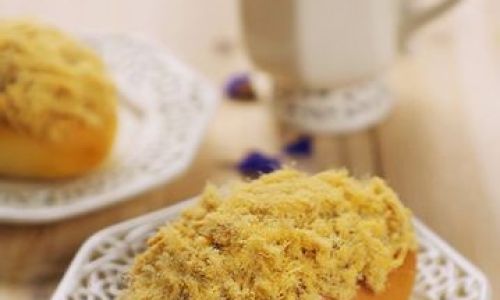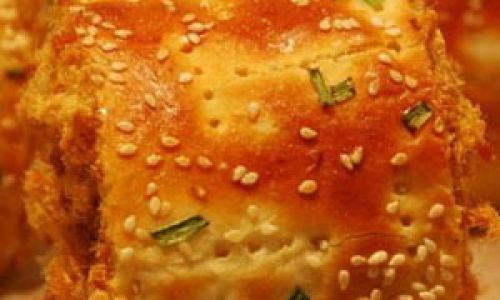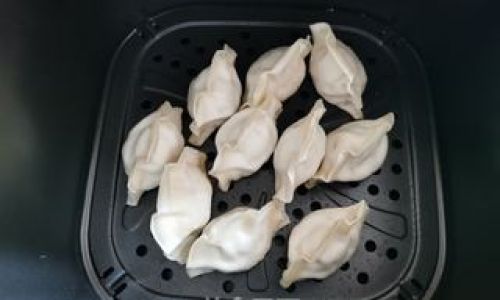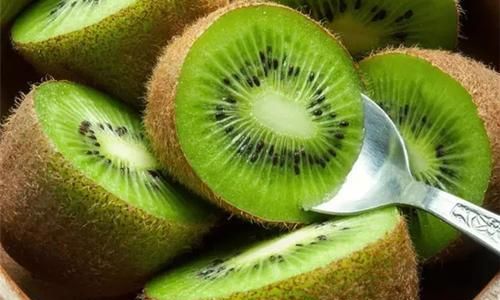Introduction

Pork floss buns, a delightful fusion of savory pork floss and soft, fluffy bread, have become a beloved snack across various cultures. Their unique combination of textures and flavors offers a mouthwatering experience that satisfies both sweet and savory palates. However, ensuring these buns remain fresh and enjoyable can be a challenge, especially if you’ve purchased them in bulk or baked a large batch at home. In this comprehensive guide, we will explore the various methods for preserving pork floss buns, offering practical tips and techniques to help you maintain their optimal freshness.
Understanding Pork Floss Buns
Before diving into preservation methods, it’s essential to understand the components of pork floss buns and how they affect their shelf life. Pork floss, also known as meat floss or meat shred, is a dried, shredded meat product often made from pork. It is seasoned with sweeteners, soy sauce, and spices, giving it a sweet and savory flavor profile. The bread component, typically a soft, enriched dough, provides a moist and fluffy contrast to the dry and flavorful pork floss filling.
The shelf life of pork floss buns is influenced by several factors, including the freshness of ingredients, storage conditions, and packaging. Proper preservation techniques aim to slow down the processes of staling (the hardening of bread) and spoilage (the growth of microorganisms) to extend the buns’ enjoyability.
Basic Principles of Food Preservation
To effectively preserve pork floss buns, it’s crucial to understand the basic principles of food preservation. These principles include:

- Temperature Control: Low temperatures slow down the growth of microorganisms and biochemical reactions that cause spoilage.
- Moisture Control: Excessive moisture can promote microbial growth, while too little can lead to drying and staling.
- Oxygen Exclusion: Oxygen can accelerate oxidation and the growth of aerobic bacteria. Packaging that minimizes oxygen exposure can extend shelf life.
- pH Level: Foods with a lower pH (more acidic) are less susceptible to certain types of microbial growth.
- Salt and Sugar Content: High levels of salt and sugar can act as preservatives by creating an environment hostile to microorganisms.
Storage Options for Pork Floss Buns
Now, let’s delve into the specific storage options for pork floss buns, considering both short-term and long-term preservation needs.
Room Temperature Storage
For immediate consumption within a day or two, room temperature storage might be sufficient. However, this method is not recommended for prolonged periods due to the risk of microbial growth and staling.
- Countertop Storage: Place the buns in a cool, dry area away from direct sunlight and heat sources. Use a breadbox or cover them with a clean kitchen towel to protect them from airborne contaminants.
- Avoid Stacking: To prevent crushing and to allow for proper air circulation, avoid stacking the buns too high.
Refrigeration
Refrigeration is a more reliable option for extending the shelf life of pork floss buns, particularly if you plan to consume them within a few days.

- Proper Packaging: Wrap each bun individually in plastic wrap or place them in an airtight container. This helps to retain moisture and prevent the buns from drying out or absorbing odors from other foods.
- Label and Date: Always label and date your stored buns to keep track of freshness.
- Avoid Condensation: When removing buns from the refrigerator, let them sit at room temperature for a few minutes before unwrapping. This prevents condensation from forming on the surface, which can make the bread soggy.
Freezing
For long-term storage, freezing is the best option. Freezing slows down biochemical reactions and microbial growth, effectively extending the shelf life of pork floss buns for several months.
- Preparation for Freezing: Wrap each bun tightly in plastic wrap or aluminum foil to prevent freezer burn and moisture loss. Alternatively, you can place them in airtight freezer bags, removing as much air as possible before sealing.
- Flash Freezing: If you have a large batch, consider flash freezing the buns individually before transferring them to a freezer bag. This helps to prevent them from sticking together.
- Proper Labeling and Dating: Clearly label and date the frozen buns to ensure you consume them within their optimal frozen shelf life, typically 2 to 3 months.
Vacuum Sealing
Vacuum sealing is an advanced preservation technique that removes oxygen from the packaging, creating an anaerobic environment that inhibits microbial growth.
- Vacuum Sealer: Invest in a good-quality vacuum sealer for optimal results.
- Single-Layer Sealing: Vacuum seal each bun individually to prevent them from sticking together and to ensure even preservation.
- Storage in Freezer: For long-term storage, place the vacuum-sealed buns in the freezer.
Reheating and Serving
Proper reheating is crucial to restore the texture and flavor of frozen or refrigerated pork floss buns.

- Oven Reheating: Preheat your oven to 350°F (175°C). Wrap the buns in aluminum foil and place them on the oven rack. Heat for about 10-15 minutes, or until they are warm and slightly crispy on the outside.
- Toaster Oven: For smaller batches, a toaster oven works well. Set it to a medium-low temperature and toast the buns until heated through.
- Microwave: While convenient, microwaves can cause the bread to become soggy. If using a microwave, place the bun on a microwave-safe plate and heat on low power for short intervals, checking frequently to avoid overcooking.
- Steam Reheating: For a softer texture, you can steam the buns using a bamboo steamer or a steaming rack over boiling water. This method is particularly effective for maintaining the moisture and softness of the bread.
Preventing Common Preservation Issues
To ensure your pork floss buns remain at their best, be mindful of the following common preservation issues:
- Moisture Loss: Excessive drying out can occur if buns are not properly wrapped or sealed. Always use airtight containers or vacuum sealing to retain moisture.
- Freezer Burn: This occurs when food is exposed to air in the freezer. Proper packaging and minimizing air exposure can prevent freezer burn.
- Off Odors and Flavors: Pork floss buns can easily absorb odors from other foods. Store them in dedicated containers or bags to avoid flavor transfer.
- Mold Growth: If you notice mold on any part of the bun, discard it immediately. Mold can spread quickly and is a sign of spoilage.
Conclusion
Preserving pork floss buns requires a combination of proper packaging, temperature control, and attention to detail. By understanding the basic principles of food preservation and applying them to your storage practices, you can enjoy these delicious treats for longer periods. Whether you choose refrigeration, freezing, or vacuum sealing, the key is to minimize exposure to oxygen, control moisture levels, and maintain appropriate temperatures. With these tips and techniques, you can keep your pork floss buns fresh, flavorful, and ready to enjoy whenever the mood strikes. Happy baking and preserving!





0 comments